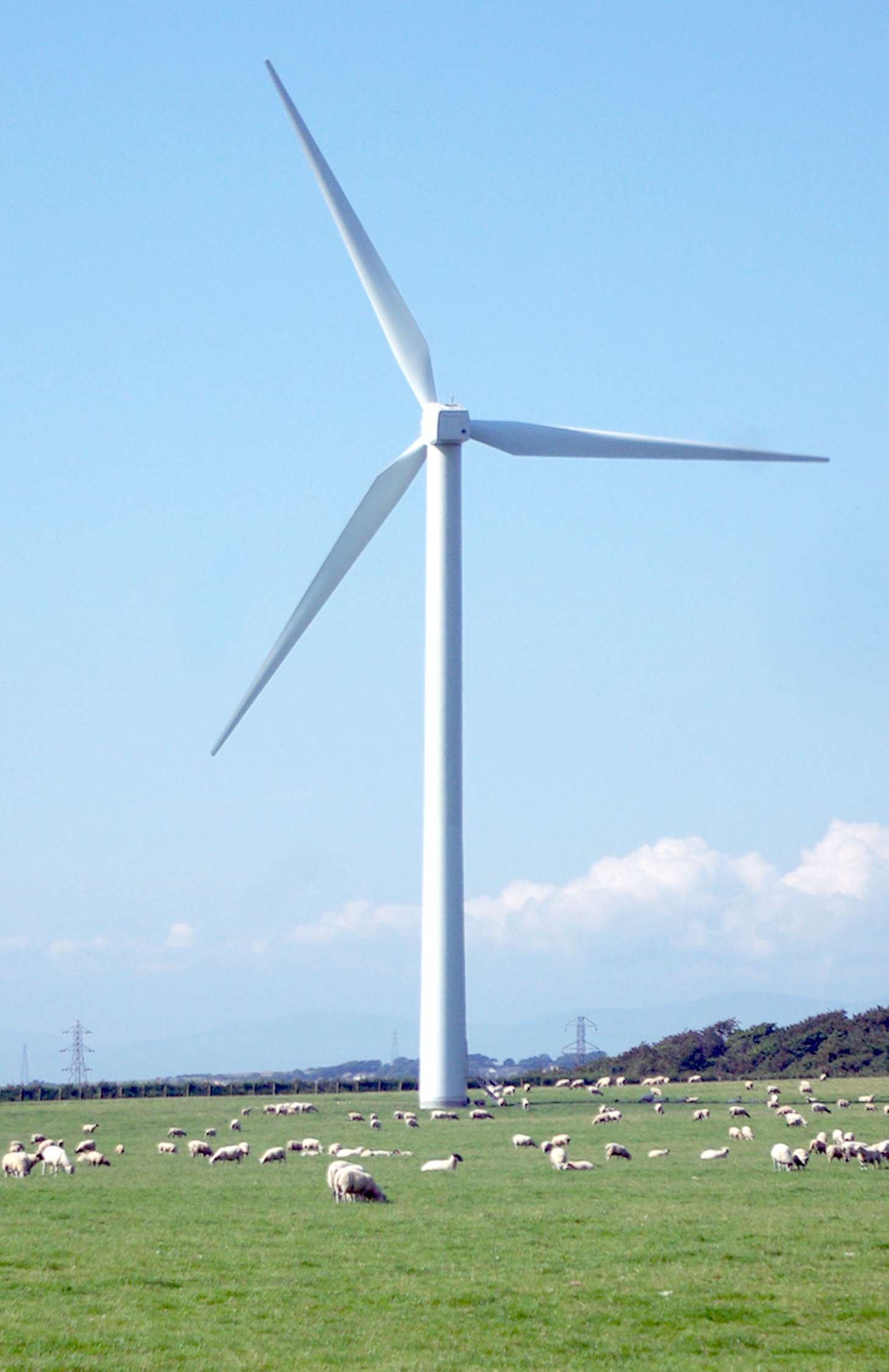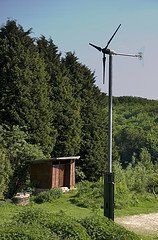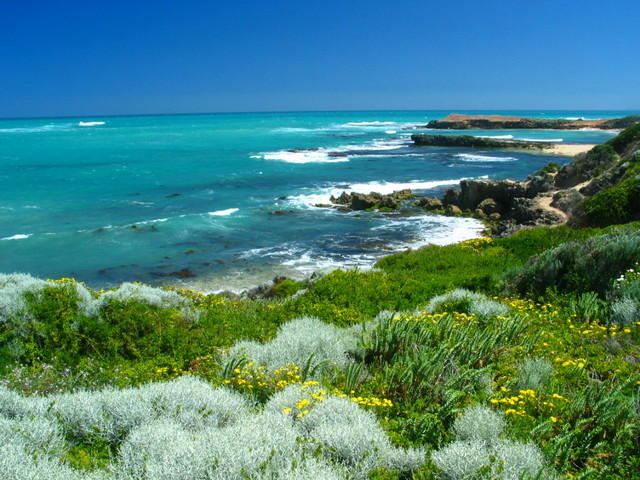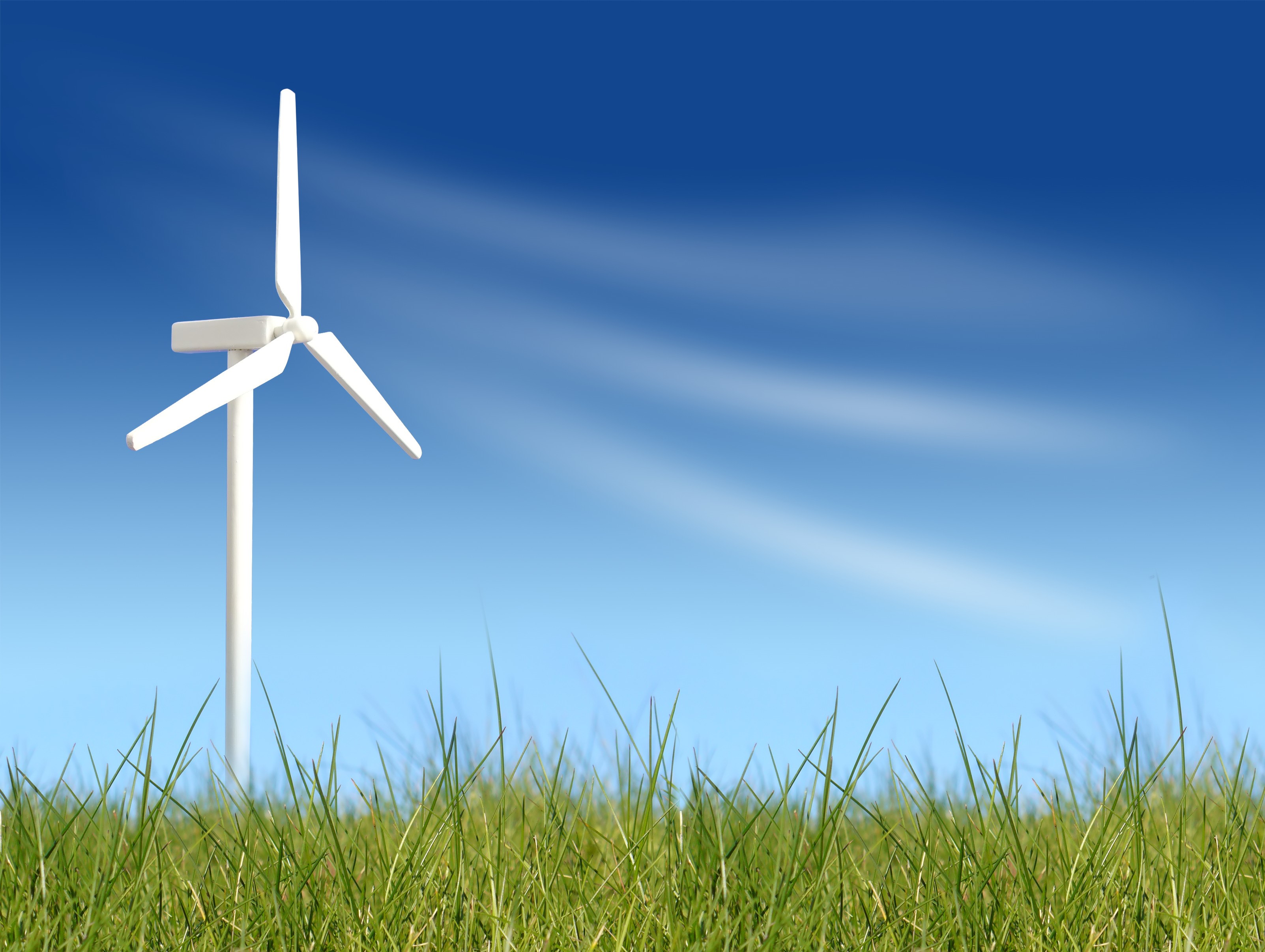An Overview on Wind Turbines: Types, Sizes, and Applications
Wind Turbines
Wind Turbines come in different sizes and models, with their applications and costs all playing a major role in making a purchase decision. For example, a cottage would usually use a small wind system, while bigger systems could be used to supply power to family size homes and wind farms.
The power ratings are 300-1000 watts (0-1kW), and they can be applied on-grid or off-grid, with some that can be mounted on small 2 inch (50.4mm) diameter pipes and used for light loads. Some of their designs are three-bladed, up-wind, and horizontal axis machines.
On-grid they can supply power to homes, small farms, or businesses, and can also help supplement your grid electricity by saving on your local Utility bill.
Mini Small Wind
Small loads can be used for residential homes, hunting lodges, for commercial parks and camps, and they can power small equipment like parking meters by charging their batteries. On-grid systems are connected to an electrical power system, while off-grid are not.
When your wind turbine is off-grid or on a stand-alone system, it is either connected to a battery storage, a photovoltaic, or a diesel generator that will supply power when energy is low. Mini Small Wind systems lifespans are usually from 5 to 15 years, depending on normal operating climates.

Residential Wind Turbines
Residential Wind Turbines are rated from (1-30kW), and when situated on one acre of land they can provide power for small homes, large cottages and lodges.
The designs of these machines are classed as 3-Bladed, Up-Wind with horizontal axis, and the other designs are the 2-Bladed, Down-Wind machines which are mounted on 20-40m (66 feet-132 feet ) towers.
Depending on the harshness of the winds and extreme weather conditions, a well maintained wind system could expect to last over 20 years.
Commercial and Large Scales
Large Scale (30-300kW) wind energy systems are mostly used to provide power to businesses, bigger farms and to remote communities. These wind turbines are mostly designed for on-grid operations, or for wind/diesel hybrid systems with gearbox generators. They can work effectively well in extreme cold, and that is one of the reason they are used in Alaska and the Canadian Arctic.
The most common designs are the 3-Bladed horizontal axis machines, these turbines have a life expectancy of over 20 years depending on the operating conditions, the model, and how well they are maintained.
The next category would be the (1.8MW) which you will find in to-days wind farms, they are about 90 Meters (293 feet) in height and have blades equal to a Boeing 737 airplane.
These Large Scales wind energy systems when placed in rows can produce electricity to supply thousands of homes and businesses, and like their counterparts they also have a life expectancy of over 20 years, and are built to withstand the harshest of climates.

Issues
Issues pertaining to Wind Turbines have been noise, visual impacts, depreciation of property value, birds and wildlife fatality, and electronic devices interference. But to-days modern wind systems are addressing all these issues, and wind power is one of the cleanest, cost efficient, and environment friendly energy being used today.
See Wind Energy and Wind Issues
also go to Wind Purchase and Alternative Energies


